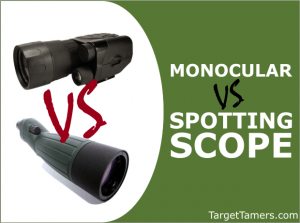
It almost doesn't seem fair to pit a firefly against a giant weta, but that's exactly what we do when we compare the monocular to a spotting scope.
As very different beasts, obviously because of size, what can you expect performance-wise between the two? What about when it comes to hunting, bird watching, or even astronomy?
They each have their own benefits, like the firefly has the world's most energy-efficient light, and the weta can outweigh a mouse, is older than some dinosaurs, and can even get larger than some rodents.
But, enough about insects, and let's move on to see if size really does matter in the optics field!
Monocular Overview
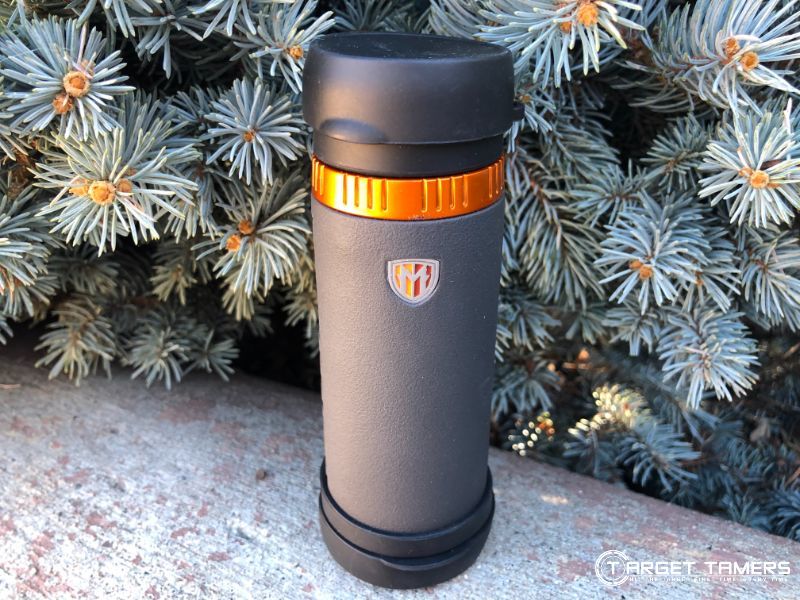
It's small, can be as powerful as a low to mid-power binocular, and it's instantly available for glassing with. Better yet, it can be turned over to be used as a magnifying glass, perhaps not to set those ants on fire, but to see them up close!
If you haven't noticed yet, a monocular looks like it could be a half barrel of a binocular because essentially that's what it is. As a monocular, you use it with just one eye. Its name gives it away since in Greek, mono is for "one", and in Latin, "oculus" means eye. But, what do you have to gain with buying a monocular, especially when you're at a disadvantage of losing out on depth of field and perception?
Monocular Pros
- Covert to glass with (increases discretion)
- Very compact and lightweight
- Fast to use
- Provides instant use (readily available)
- Convenient to carry/portable
- Can be worn (around the neck, in a pocket, etc)
- Can be easily hidden
- Easily observe wildlife
- Doubles as a magnifying glass
- Best use for targeted applications
- Caters to users with impaired eyesight in one eye
- Cheaper than spotting scopes when it comes to quality
- Avoid getting too close to dangerous animals during observation
- Caters to users with significant variations in vision between both eyes
Monocular Cons
- Not for tracking moving targets
- Not for wide angle viewing
- Less acute for glassing details
- Significantly lower powered than spotting scopes
- Significant smaller aperture than spotting scopes
- Not comfortable to glass with for long periods of time
You may be asking, "What else?"
Monoculars are simple optic devices indeed. But, they can also be specially built to have premium features such as a built-in compass, rangefinder, zoom power monoculars, and even night vision monoculars.
If you didn't think these optics could get any smaller, you'll be surprised. Some special monoculars also have a folding design to make it even more compact. This is definitely on the extreme end of opposites when it comes to spotting scopes.
Spotting Scope Overview
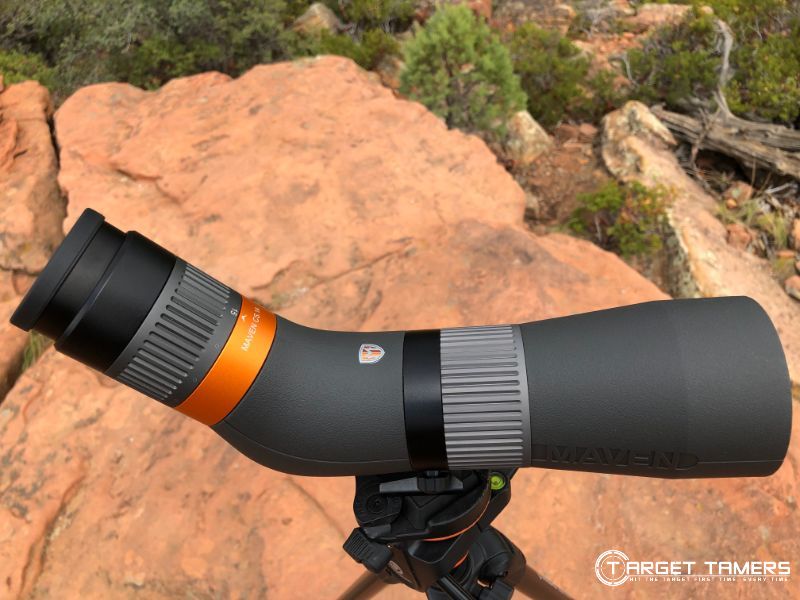
Think of a monocular on steroids, or a telescope that hasn't quite fully developed with the image right side up and correct from left to right. The spotting scope is perhaps the largest sport optics you'll find. It's definitely on the extreme end of a monocular in every way possible.
Spotting scopes are very high-powered optics with large apertures. This definitely increases its ability to see beetles, birds, hogs, and deer in detail from over 100 yards away. However, there will be compromises if you want clarity and glassing distance this good and better. So, is the weight and set-up worth it when you could just have a monocular instead? Let's find out!
Spotting Scope Pros
- High powered
- Zoom power
- More light collection
- Can be great for low light use
- Provides acute glassing for details
- Aids long-distance shooting
- Can be compact and used free-hand
- Observe prey and wildlife from safe and undetected distances
- Efficient for shooting range details
- Available with digiscoping and telephotography
- Longer distance ranging (can provide several hundred yards of image clarity)
- Compact scopes can be comparable to binoculars in size
Spotting Scope Cons
- Not conveniently portable
- Requires set-up (tripod) most of the time
- Set-up can be tedious and time-consuming
- May cost more for tripod, cases, and accessories
- Image instability at higher magnifications
- Not always weatherproof
- High quality scopes are expensive
The main thing you have to remember about using a spotting scope is that you're going to have stay put at some point to use it. A spotting scope provides an excellent opportunity to observe in detail the stars, rare birds, and the herd long before they've noticed you. It's all about the distance reach it can offer.
Monocular VS Spotting Scope: The Race is On!
As two very different breeds of the same species, and no we're not still talking about bugs, let's see how they can compare or compliment each other in practical activities. If you're on a leisurely stroll, traipsing Yellow Stone, or setting up for a romantic evening under the stars, you're going to need an optic. Is it the monocular or the spotting scope that gets to flit its wings and show off its abilities? Let's create a "buzz" and get "bizee" finding out!
For Hunting
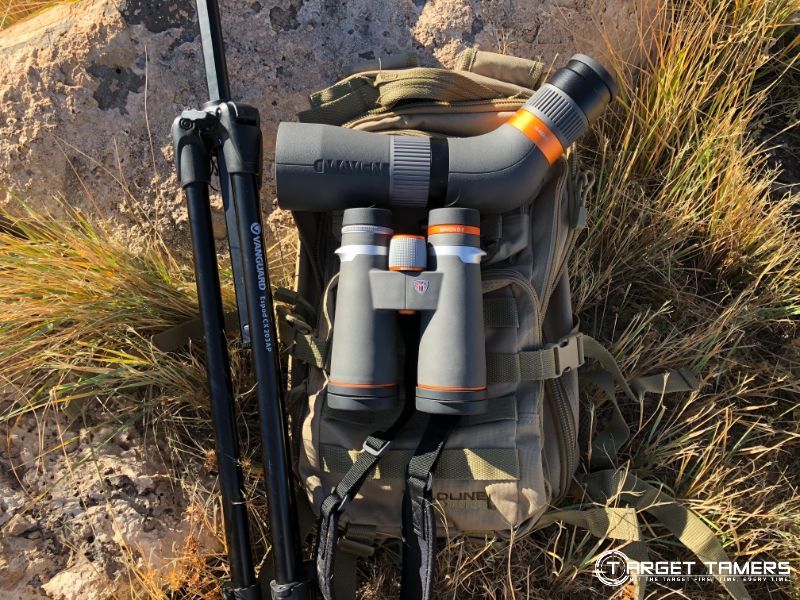
The monocular definitely has an advantage here because it's portable, and it's a no-fuss optic. Simply pull this mite of an optic out and you're glassing in no time. However, in the hunt, it's extremely important that you're not spotted by your prey first, or that's your dinner gone in a dust of hooves.
Since a monocular is significantly lower powered than a spotting scope, it mightn't be your best choice. The spotting scope offers a long ranging distance that can have you stalking and eyeing up your herd within hundreds of yards away. The only problem is weight, tripod set-up, and having to lug that thing around. But, a compact, low-powered spotting scope can be used free-hand and doesn't weigh much more than full-size binoculars - problem solved!
Winner: Spotting Scope
For Birding
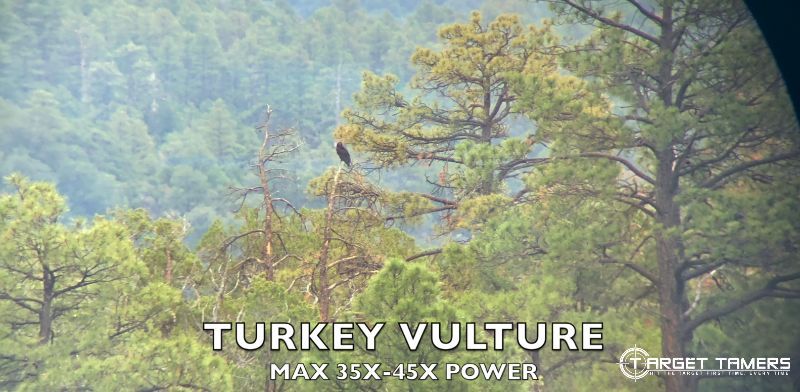
This is definitely right up the alley of both a monocular and spotting scope. If you're itching for a good birding session where you can take photos, record videos, or simply capture detailed memories of the rare agglomerate of fowl at Keoladeo Ghana National Park, a spotting scope is your winner - hands down. It can provide you with stunning clarity of their feathered bodies and behaviors from afar that you might not get if they knew you were there.
However, a spotting scope's drawbacks are definitely what makes it impractical for daily use when you're moving from one spot to another. Enter here, the monocular. Strolling around the city pigeon square or hiking up in the mountains is a perfect activity to take your monocular along. You'll be able to instantly catch some bird action as you come across them on your path. Having one in your pocket or around your neck is by far more practical than toting around the spotter and having to set up in a hurry.
It's a hard decision to choose between the two isn't it? The solution is: if you're ready to stay put and set-up, go with the spotting scope. If you're on-the-go, a monocular is the most pragmatic optic.
Winner: Tie
For Astronomy
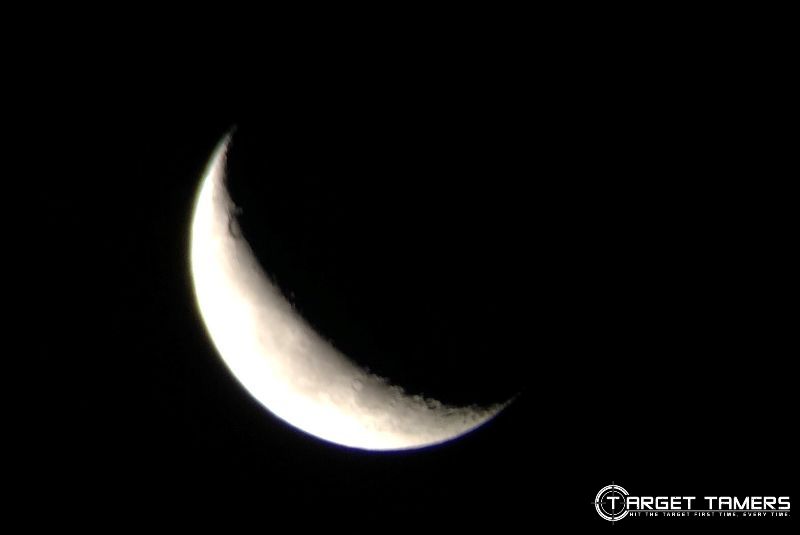
You'll be able to see some constellations with a monocular, but then again, you can do that with the naked eye too. They're just too low powered to be efficiently useful to see that far, let alone at nighttime. While the spotting scope is often compared to a telescope, there are some very significant differences. It's smaller, easier to use, and it produces an image right side up and correct from left to right. Many telescopes often produce an upside-down or reversed image.
Since monoculars often have a maximum magnification of somewhere around 10X, a spotting scope often starts at 20X and can zoom to as much as 100X magnification. The aperture is significantly larger on a spotting scope, often getting into the 60-100+ mm range.
While spotting scopes can't compare to telescopes to when it comes to viewing the nighttime skies, it can be done. The important thing to always remember is the quality of the glass. This is true of all optics, monoculars, spotters, and the all the like.
Winner: Spotting Scope
Have You Got The Optics Bug?
A monocular and a spotting scope are just different beetles altogether. You can't replace one with the other. While it might get frustrating to have a ton of gear to pack up, unload, and pack up again, you should always be activity-specific when it comes to choosing the best optics that will maximize your experience.
So, have you caught the optics bug yet? You might find yourself itchin' for the one with the biggest reputation or the one with the most convenience. Just don't sneeze your way past the bees-knees optics in the market!
Check Out Our Line-up of the Best Spotting Scopes
Further Reading



